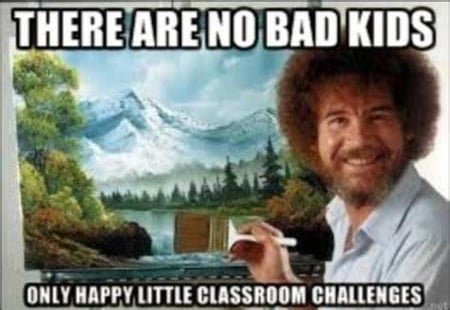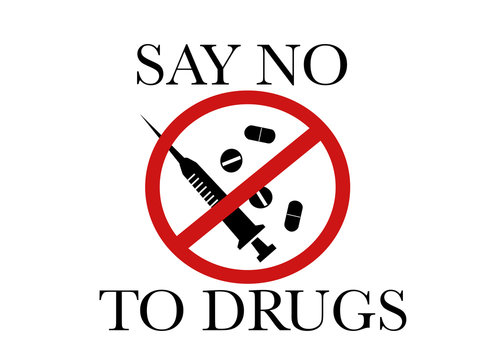
https://www.istockphoto.com/illustrations/parent-teacher-collaboration
Good Afternoon Everyone!
Today for our 2nd to last blog of the semester, we will be talking about the importance of Home/School Connections.
Part 1:
Having used this week’s websites and documentaries, I’ve realized how crucial it is to establish connections with students’ families and other relatives. To make sure that students’ academic and socioemotional needs are being met, educators must go beyond academics and get to know their students personally. Establishing a connection and working together with families is crucial. Teachers may get to know their students better by making connections with the family. Families can even work together with the education to make sure the kid is establishing and achieving appropriate academic goals. Relationships with the student’s families build a solid, secure, and welcoming environment where
In this blog, we were encouraged to attend a board of education meeting. The meeting that I attended was in East Meadow School District on April 17th, when I first arrived at the meeting I met some of the board members that my mother and the neighborhood helped vote into position. A few of the most notable people I met were Kenneth Rosner the Superintendent of Schools, Jessica Ricco Simeone, and David Carl. I felt it was important to meet individuals especially ones that run the district that I attended in my childhood and early adolescence because they represent the families and students on what they want to better improve their curriculum and education. The theme for this board of education meeting on April 17th, the one I attended, was about the children; those who received the Terrific Kids Award and the ones who received athletic rewards for the 2024 Winter season. Terrific Kids is a student recognition program in Woodland and Clarke Middle School sponsored by the East Meadow Kiwanis Club that promotes character development, self-esteem, and perseverance. It sheds light for parents and students on the accomplishments these students have made and how they could be future role models. After the awards, there was a quick budget meeting on the expenses of the district as well as voting on specific policies. Before the end of the meeting, they allowed parents who signed up prior, to address the board on any concerns or approvals they would like to say. Overall, I think this was a great first meeting as I got a little bit of everything on what to expect in future meetings!
Finally, we should discuss the articles and films given to us this week. First is the film The 5-Minute Film Festival: Parent-Teacher Partnerships shows parents from the Logan Square Neighborhood Association taking part in the classroom as parent mentors. The video explains that it is beneficial for parents to take part in the classroom environment, especially those who are ELLs to help translate information and solve problems. This helps build relationships in the classroom and creates better connections with the students. Personally, I feel there are a few cons to this, specifically that students could be distracted from what the teacher is teaching with their parents in the classroom, and students could also be anxious if their parents could not be in the classroom that day. But overall I think this is a good solution to the pivots of parent-teacher relationships.
Continuing with ELLs, Breiseth (2021) gives great insights into the difficulties with communication with parents who have languages that you may have difficulty understanding. Breiseth includes that by law districts are legally required to have translators in the classroom for students who need it and to provide information to those families. This is beneficial as it could take some weight off of the shoulders of educators.
Part 2:
Next on this blog, I will be discussing how I will stay in touch with families. Communication with families is key for a successful school year and as someone who is studying to become an adolescent math teacher, I will be having multiple classrooms of students throughout the day and want to keep on track with all I have.
On the first day of school, I will introduce all my classes my name, who I am, my background, and a crazy fact about myself. This will help students who may be nervous on the first day feel less anxious and those who do not know who I am feel that they have a better connection with me before we begin our lessons. I will also ask the students to make name tags that they could place on their desks so I can learn their names quicker and have references on where each on sits in my classroom, as knowing a student’s name can help them know that you care. Later in the semester, I will host parent-teacher conferences for parents and focus on the most notable achievements of each student as well as things they could be struggling with and improve. This could allow parents to have transparency on how their child is doing in my class and if they have any questions they could email me or ask me at the next conference.
Finally, I will also make a student discussion board online for any students who may be struggling with a topic or have questions. This will allow me to make greater connections on what each student needs help with.

https://blog.mimio.com/25-teacher-memes-that-tell-it-like-it-is
References:
Borovoy, A.E. (2012, November 2). 5-Minute Film Festival: Parent-Teacher Partnerships. Edutopia. https://www.edutopia.org/blog/film-festival-parent-teacher-partnerships
Breiseth, L. (2021, August). Communicating with ELL Families: 10 Strategies for Schools. National Education Association. https://www.nea.org/professional-excellence/student-engagement/tools-tips/communicating-ell-families-10-strategiesLinks to an external site.




